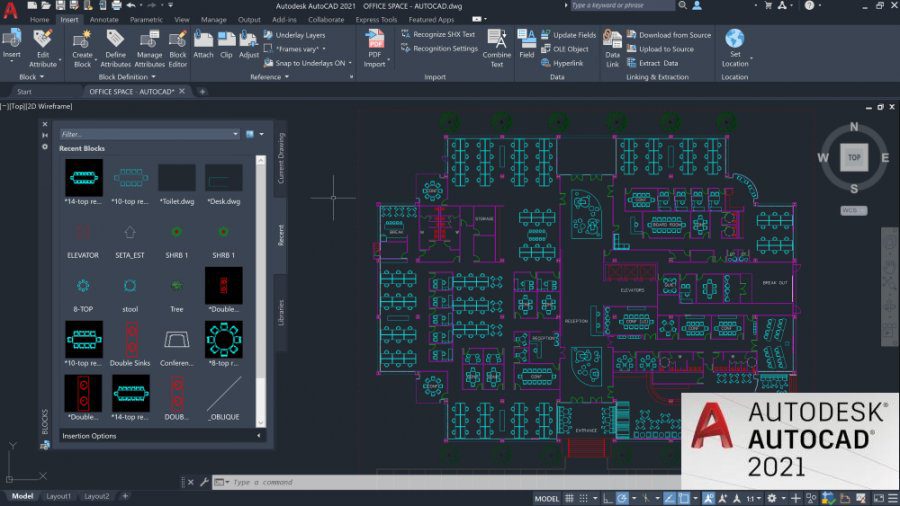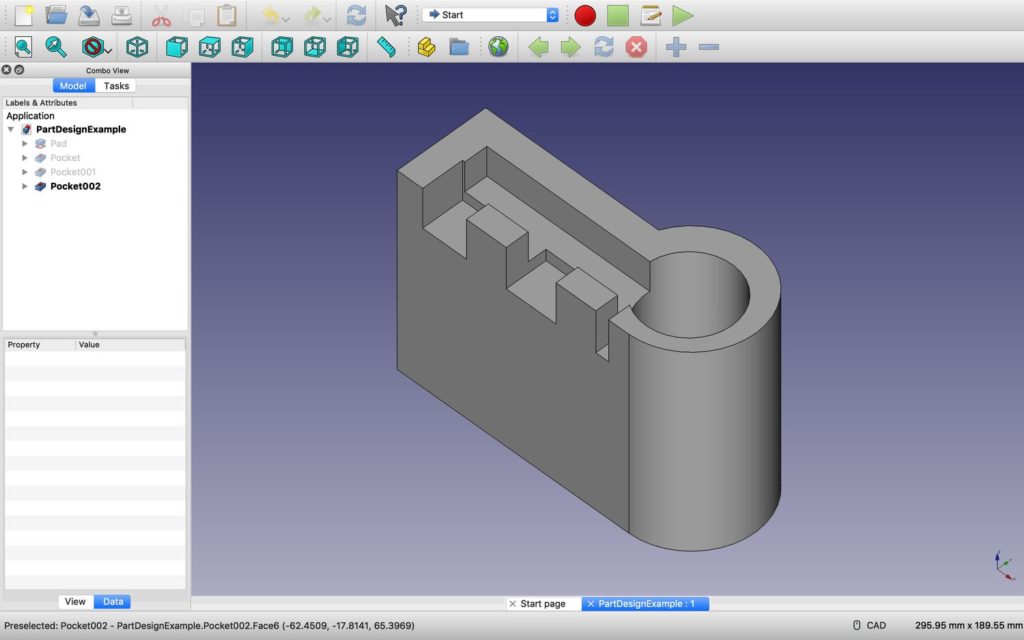Computer-Aided Design (CAD) software is used to build digital 3D models for a number of applications such as 3D printing, engineering, and architecture. Some fundamental abilities are essential to design well in CAD. In this blog, we will discuss the basic skills needed to design in CAD and the tasks that you can do to practice and improve these skills.
Understanding the programme and its interface is the first fundamental skill necessary for CAD design. Familiarizing yourself with the software’s features and functionalities will help you to traverse the interface more effectively and make the design process run more smoothly. This may be practised by going through the tutorials in the programme and playing with various tools and features.

Another important skill is the ability to create and manipulate basic shapes. This includes understanding how to create and edit shapes such as cubes, spheres, and cylinders. It also includes understanding how to use tools such as extrude, revolve, and sweep to create more complex shapes. This skill can be practised by creating simple shapes and experimenting with different tools and functions to create more complex shapes.

The ability to create and manipulate geometry. This includes understanding how to use tools such as fillets, chamfers, and booleans to create and modify shapes. It also includes understanding how to use tools such as loft and sweep to create more complex geometries. This skill can be practised by modifying basic shapes and experimenting with different tools and functions to create more complex geometries.

A fourth important skill is the ability to create and manipulate textures and materials. This includes understanding how to apply and edit textures and materials to a model, as well as understanding how to use lighting and shading to create a sense of depth and realism. This skill can be practiced by experimenting with different textures and materials on simple models, and learning about different lighting and shading techniques.

In conclusion, designing in CAD requires a set of basic skills that include understanding the software and its interface, the ability to create and manipulate basic shapes, geometries and textures and materials. These skills can be practised by going through software tutorials, experimenting with different tools and functions, and creating simple models. With practice, these skills will improve, and you will be able to create more complex and realistic designs.
3D APAC Pty Ltd Copyright © 2023. All rights reserved